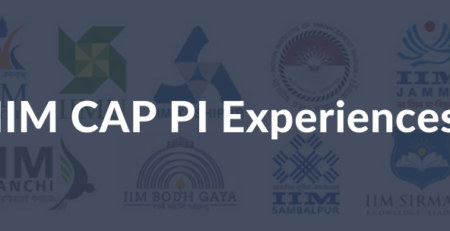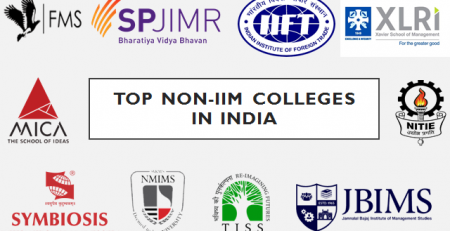SP Jain WAT
- What goals have you achieved in the last year?
- Online learning is more efficient than traditional learning. Your views?
- What is your biggest regret in life?
- Describe a tricky situation for which you found a simple solution.
Accelerate your WAT preparation with us
WAT tips:
- Don’t Use Jargon
While expressing your thoughts, always keep in mind that you are writing for someone who is not aware of the jargons that you use and might find it difficult to comprehend those jargons. Many of you might have corporate experience and with each organization comes a different set of terminologies which you generally use theirs. But remember the person assessing your writing skills might not be familiar with all those terminologies. You should certainly describe various aspects of your life-your leadership skills, your career journey, and your achievements but do so in such a language that is understandable to your reader. And in case you are a fresher, opt for the common language you have been using in your school days rather than the jargons that you come across while communicating with your friends and surroundings.
- Keep your content interesting
Person assessing your writing skills must be reading of hundreds of essays, and if he gets to read the similar kind of content which everyone has already written, he will definitely lose interest. Start off with something which intrigues an interest in the reader’s mind and keeps it that way. The moment he feels the writing is similar to all other applicant’s content, he will definitely lose interest. Keep the reader engaged in your content.
- Believe in showing rather than telling
If you want to convey something about yourself, don’t start merely by just telling. Try to show it by depicting the instances, directly the reader can interpret what you are trying to tell. By depicting the instances, an image that something has actually happened is created keeping the reader engaged in the content.
- Be Concise
Try to use short sentences to create more impact because they are direct and to the point. Try to avoid unnecessary phrases just to lengthen the sentences. Phrases, such as “the fact that,” are usually unnecessary.
Use proper transitions and vary your sentence
The best content contains a variety of sentence lengths mixed within any given paragraph. The transition in the sentence is not limited to words like nevertheless, furthermore or consequently rather it should come through a natural progression.
- Stay Focused
Many students turn the personal essay into a complete autobiography as they find it difficult to explain so much about them in a short essay. Try to make a list of all those experiences about which you want to write and think through them and present in a structural concise manner. And keep in mind that your entire content should support the central theme.
- Revise
The last step is to revise once whatever you have written. Have a thorough revision and check where the improvement is required and do the needful.
















